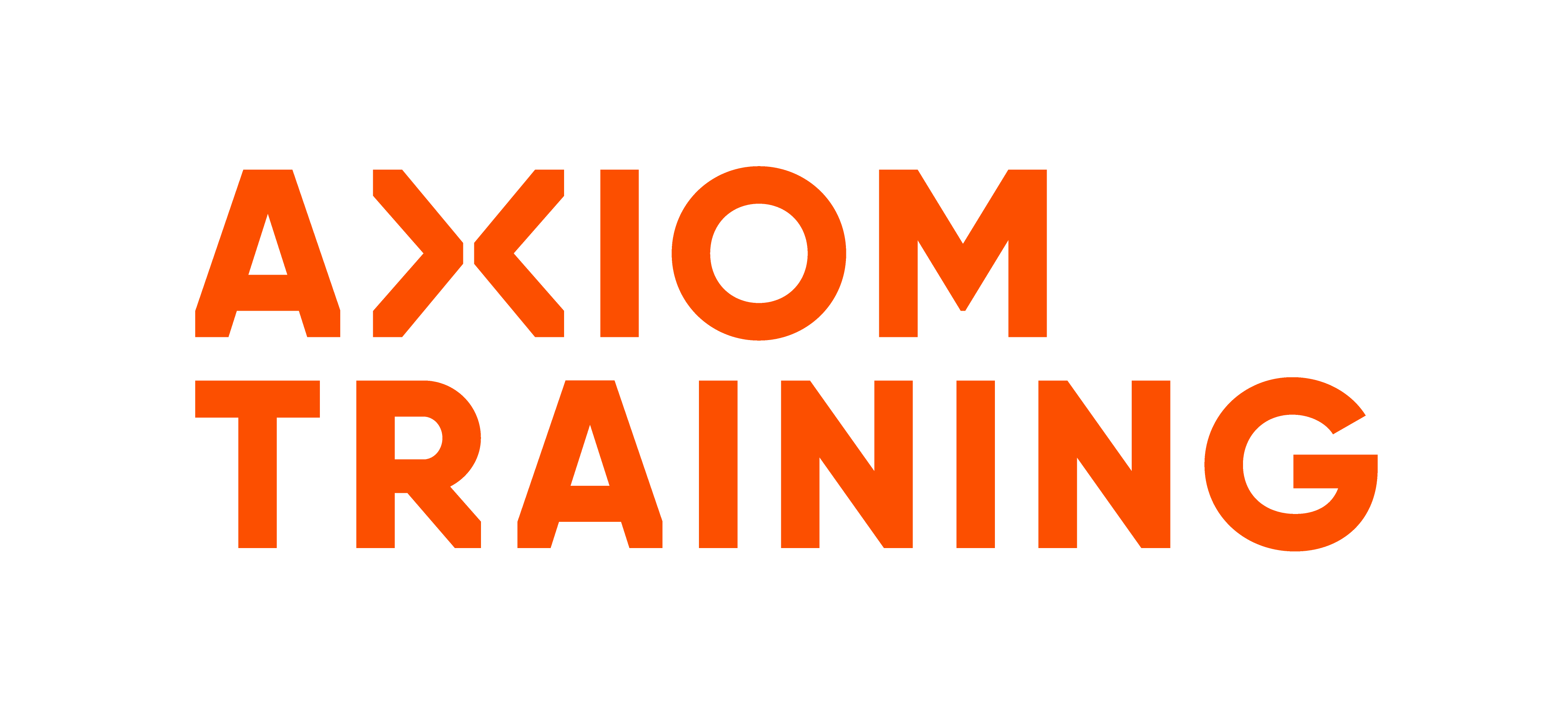White Paper: Agriculture’s Safety Crisis: Turning the Tide on Farm Fatalities
Agriculture's Safety Crisis:
Turning the Tide on Farm Fatalities
This white paper examines the ongoing risks in New Zealand’s agricultural sector, which continues to record the highest number of workplace fatalities. In 2024 alone, 14 workers lost their lives on farms, with vehicle incidents and hazardous substances being the leading causes. A lack of structured safety procedures, proper training, and risk awareness contribute to these preventable tragedies. This paper highlights the critical need for improved farm safety practices, explores recent industry safety initiatives, and discusses the role of targeted training in reducing accidents and saving lives.
Introduction:
Agriculture remains the most dangerous industry in New Zealand, accounting for 40% of all workplace fatalities. Despite ongoing efforts to improve safety, the risks associated with farm work, particularly vehicle-related accidents and hazardous substances continue to claim lives each year.
A renewed push for improved safety practices highlights the urgent need for better training, awareness, and risk management strategies. This white paper explores key risks in the agricultural sector, the recent industry-wide safety initiatives, and the critical role of safety training in preventing fatal accidents.
The State of Farm Safety in New Zealand:
In 2024, 14 workers lost their lives on farms across New Zealand. WorkSafe has responded by prioritising agriculture in its safety strategy, allocating significant resources to inspections and compliance efforts. The main hazards identified in farm-related fatalities include:
• Vehicles and Machinery: The leading cause of fatalities on farms, often due to rollovers, operator error, or poor maintenance.
• Hazardous Substances: Exposure to chemicals, such as fertilisers, can cause both immediate and long-term health effects if not handled correctly.
• Complacency and Inattention: Routine tasks can lead to a false sense of security, increasing the risk of severe or fatal incidents.
These challenges underline the importance of proactive safety measures, comprehensive training, and fostering a safety-first culture within the industry.
Industry Response and Safety Initiatives:
With farm fatalities showing little sign of decline, industry bodies and government agencies are investing heavily in safety initiatives such as:
• Increased WorkSafe Inspections: Resources are being redirected to improve compliance and risk management on farms.
• ACC and Safer Farms Partnership: An $11 million investment aims to drive behavioural change through the Farm Without Harm strategy, fostering a stronger safety culture among farmers.
• Federated Farmers Advocacy: Industry leaders continue to push for practical safety improvements and better training access.
While these initiatives provide essential support, individual farm owners and workers must take responsibility for implementing effective safety measures to protect themselves and their teams.
The Role of Training in Reducing Farm Fatalities:
Effective safety training is a crucial element in reducing workplace deaths. Without proper education and hands-on experience, farm workers remain vulnerable to the same recurring risks.
Vehicle and Machinery Safety:
Since farm vehicle accidents are the leading cause of fatalities, ensuring proper training for their operation is essential. Training focused on topics such as quad bike safety, safe tractor operation, 4WD training, and light utility vehicle safety provide farm workers with the skills needed to operate machinery safely, navigate difficult terrain, and understand vehicle limitations.
Hazardous Substances Management:
Handling fertilisers and other chemicals requires proper training to prevent exposure-related illnesses or injuries. Hazardous substance training helps workers identify, store, and use chemicals safely, reducing the risk of harm.
Incident Investigation and Response:
Even with strict safety measures in place, accidents can still occur. Knowing how to properly investigate incidents is vital to preventing future occurrences. Accident and event investigation training equips workers with the skills to identify root causes, document findings, and implement corrective actions.
Conclusion:
The agricultural sector's high fatality rate underscores the urgent need for stronger safety measures. While government initiatives and industry advocacy play a vital role, the most effective change comes from within through proactive risk management, comprehensive training, and a culture of continuous improvement.
For farms looking to strengthen their safety practices, industry-specific training tailored to the unique risks of agriculture is essential. Safety n Action provides targeted training designed specifically for farmers and agricultural workers, helping them operate machinery safely, handle hazardous substances correctly, and respond effectively to workplace incidents.
Learn more about how we support rural workplaces here.
References:
1News. (2025). New safety push as farming continues to lead workplace deaths. Retrieved from https://www.1news.co.nz/2025/02/16/new-safety-push-as-farming-continues-to-lead-workplace-deaths/
Safety n Action. (n.d.). Rural and agriculture safety training. Retrieved from www.safetynaction.co.nz/en/our-courses/rural-and-agriculture-courses/
View training solutions
-
Quad Bike
Learn to ride a quad bike effectively and safely over varied terrain. Unit standards covered: 24557, 24554, 24559.
-
Light Utility Vehicle
This course teaches the knowledge, skills, and attributes for all essential areas of the units of competency covered under the best practice guidelines for Light Utility Vehicle (LUV) driving in the workplace. Unit standards covered: 24553, 24556, 24558, 24562, 24560
-
Safe Tractor Operation
Learn skills to drive a tractor effectively and safely in varied terrain. Unit standards covered: 19044, 31913,
-
Hazardous Substances in Agriculture
US 21563, 27215. This course is for people working in the primary sector who require understanding of, and are responsible for, the preparation and application of agrichemicals. We also cover the best practice guidelines for those who prepare and apply agrichemicals under supervision. This course follows the NZS 8409:2004 standard for the safe, effective, and responsible use of agrichemicals.




